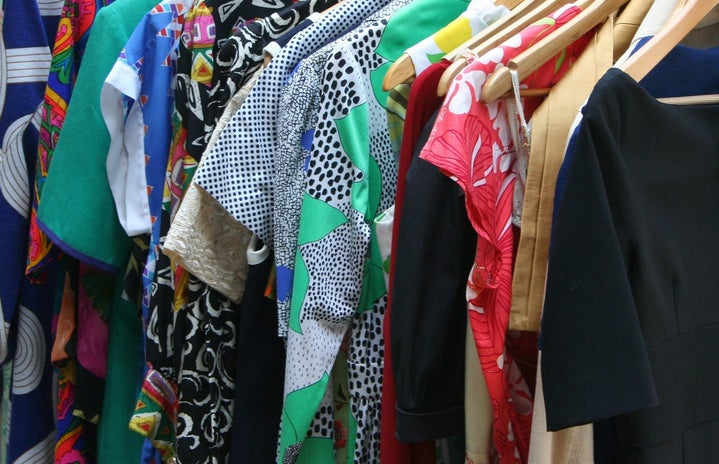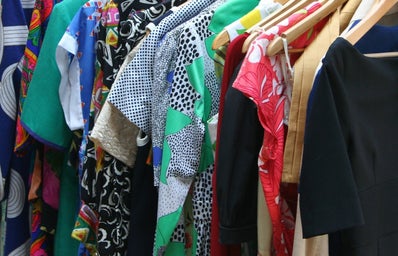‘#Y2K #vintage’, ‘so rare y2k fashion’, ‘true Y2K deadstock’ — take a scroll through Depop and these phrases seem virtually inescapable. On TikTok, videos hashtagged #y2k have been viewed over 1.4 billion times. And on image-driven Instagram, there are countless accounts dedicated to noughties style icons like Paris Hilton, Britney Spears, and Lindsay Lohan.
The acronym ‘Y2K’ originally referred to the year 2000 and the widespread computer bug that people feared would shut down the globe at the dawn of the new millennium. With the emergence of social media — and Tumblr in particular — the term took on a new meaning, evoking a glamorised idea of the noughties, focusing on celebrity culture, fashion, and femininity. In 2020, amidst all the chaos and confusion, this reinvented Y2K style hit the mainstream. Many argue that fashion comes in cycles, so it was inevitable that at some point we’d find ourselves back in the 2000s. But it begs the question: why now? What has fuelled Y2K’s meteoric rise back to the top?
Nostalgia has played an enormous part in Y2K’s resurgence. Although some elements of noughties fashion have been on the rise for several years now (think about how many pairs of flares you see on an average day in Bristol), it took 2020 to really push it to the top of the agenda. While being stuck inside for a whole year has allowed for a lot of introspection, it’s also limited our access to outside influences. The natural response is to look back and draw on the past. For Gen Z, the main adopters of the trend, a look back to the early-2000s is a look back to a simpler time; taking inspiration from Y2K-themed Instagram accounts is like a visual comfort blanket. I don’t know about you, but growing up I wanted to turn out like Groovy Chick — Y2K style lets us live out those dreams. Members of Gen Z, born from 1996-2010, are also more likely to consider themselves environmentally conscious, so lean towards secondhand shopping and thrifting, where Y2K clothing is prevalent and apps like Depop are flooded with Y2K items at hugely inflated prices.
Digital culture has also accelerated the way we look back on past trends. With unbridled access to fashion archives and old paparazzi photos, it’s far easier to pick and choose our influences than ever before. This is where social media comes into play; Y2K’s rebirth has coincided with TikTok’s rise to fame. The nature of the app means trends have the power to be picked up and spread like wildfire in a matter of days – much more quickly than in the past. Think back to last summer, where videos of teens recreating looks from Skins characters filled the For You Page. Once Y2K became a TikTok trend, it was bound to make the jump into real life too.
Our inspiration doesn’t come from social media alone. Undoubtedly boosted by its glittery, grungy aesthetic, HBO’s TV series Euphoria has practically gained cult status with Gen Z since its release in summer 2019. ‘Euphoria makeup’ was one of the most-searched beauty trends of 2019 and 2020, with its pastel, experimental looks harking back to the Britney-esque beauty of the early-2000s. Music, too, seems to be stepping into the noughties. Artists like Charli XCX and Rina Sawayama have put their own takes on Y2K aesthetics, with outfits and graphic design that are like a perfect fusion of 2020 and 2002.
With all of this combined, I’d argue that the main reason Y2K has spread like wildfire in the past year is this: we miss pre-pandemic partying. Tiny sunglasses, graphic tanks and Juicy Couture tracksuits to rival Paris Hilton are able to inject some fun into our wardrobes (and lives) in a time where there’s precious little else to do. What better way to hark back to our old, free lives, than by going all out with the glitter, miniskirts, hot pink, and diamantes. We can only hope 2021 will also bring a renaissance of the Summer of Love, this time decked out in Y2K from head-to-toe.



